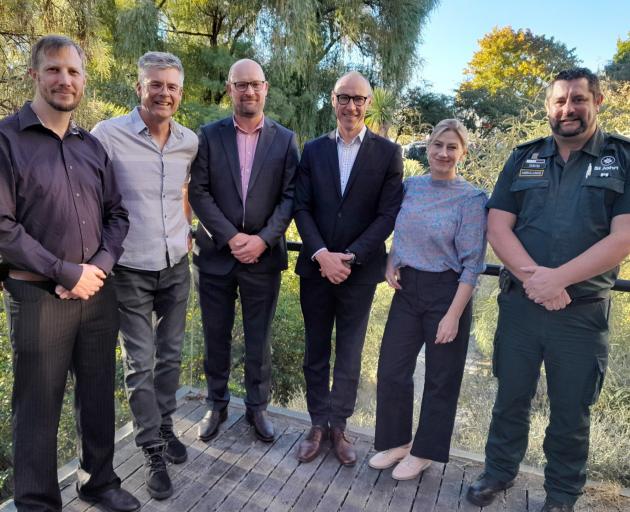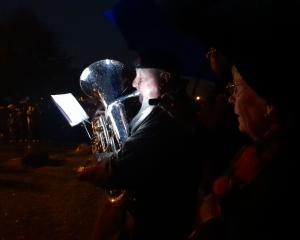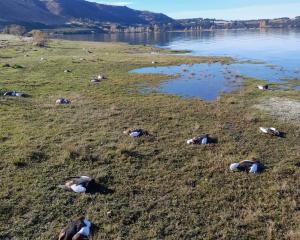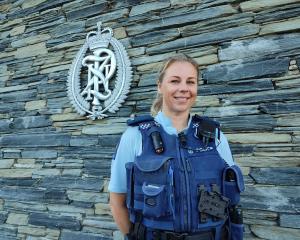
The scenario: It is midnight, you feel sick — an emergency, you-might-die sick.
The closest public emergency department is 60km away at Lakes District Hospital in Frankton, but you (or your companions) do not feel like driving over the Crown Range.
Wanaka’s burned out GPs are in bed, after collectively deciding two years ago they could not be up past 11pm.
They want to be fresh for the ever-increasing number of patients reporting increasingly complex conditions between 8.30am and 6pm.
You ring 111, but the ambulance and Wanaka’s paramedic are 90km away at Dunstan Hospital in Clyde delivering a patient who felt sick at 10.30pm. What now?
Stick with 111. St John will make every effort to get Wanaka’s second ambulance and a team of first-aid trained volunteers to you late at night, Central Otago district area operators commander David Baillie says.
Alternatively, he or another paramedic from another Central Otago town — if available — will drive up to get you, Mr Baillie reassured a recent 400-strong public forum in Wanaka.
You can also ring 0800611-116, which is Healthline, run by Whakarongorau Aotearoa, New Zealand Telehealth Services, open 24 hours 365 days.
Health New Zealand Te Whatu Ora (HNZ) Southern chief medical officer David Gow said Telehealth was the best back up to St John, while the health system urgently searches for solutions to Wanaka’s after-hours dilemma.
"Where you can use Telehealth, you should be encouraged to do so," Dr Gow said. "As chief medical officer as health, this [scenario] weighs heavily on my mind ... It is important not to keep extending the time frame [for solutions]. I absolutely feel we need something in place for the winter."
Mr Baillie has been involved in conversations about the gap in Wanaka’s after hours service for two years.
Wanaka ambulances travel to Dunstan three to four nights a week.
Forum facilitator Simon Telfer — also the Wanaka-Upper Clutha Community Board chairman — asked "is it fair that St John is Johnny on the spot?"
"As an organisation, we are comfortable with the service we have here in Wanaka, but it is over and above what we are funded for here," Mr Baillie said.
Dunstan Hospital clinical director Dr Jonathon Wills is literally kept up at night, worrying about Wanaka.
"I am the one picking up the pieces, on the shift, awake at midnight down at Dunstan," Dr Wills said.
His worries are compounded by the fact Dunstan Hospital does not have an emergency department and for historical reasons, based on health service decisions in 1997, is not funded for Wanaka after hours patients.
However, 40% of Dunstan’s after hours patients are taken there by St John from Wanaka, and Wanaka patients are not turned away.
Mr Telfer asked Dr Gow if HNZ’s governance team recognised the health service risks for Wanaka.
Dr Gow said the risks were "really clear".
They had been noted through formal processes and by the senior leadership team.
He had received personal communication about the risks from Dr Wills and community care colleagues.
As a former neurology clinician, it had been very clear how innovative he needed to be.
One of those innovations was to adopt Telehealth services and work with primary care, Dr Gow said.
Telehealth was also important in the aged care setting, so people could remain in their own homes or care homes, he said.
Dunedin Hospital had begun a pilot of virtual integrated care with primary carers, looking at using Telehealth with rest home teams so clinicians could deliver more care in communities closer to patients, he said.
Dr Gow recommended individual clinicians taking Telehealth a step further and and use it to obtain decision-making support from the hospital system without the patient having to go into the hospital system.
HNZ Southern Group director of operations Hamish Brown said the language around Wanaka — describing it as "rural" — needed to change. Wanaka (population over 17,000) was now "urban".
Population growth in the area meant the health system had been "caught on the back foot", and that was "challenging for planning". But HNZ Southern was committed to providing community care, closer to home, Mr Brown said.










